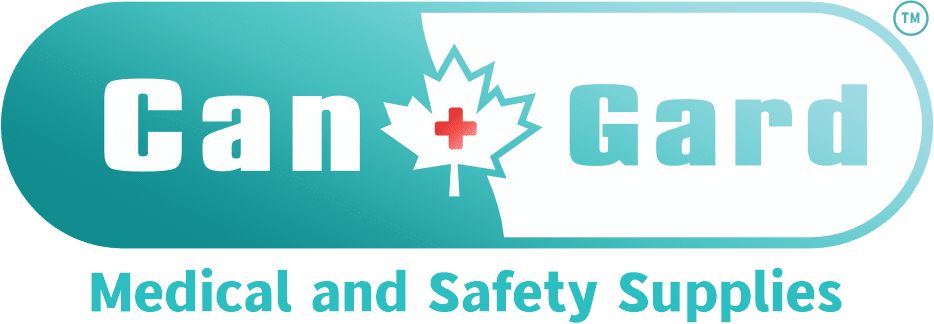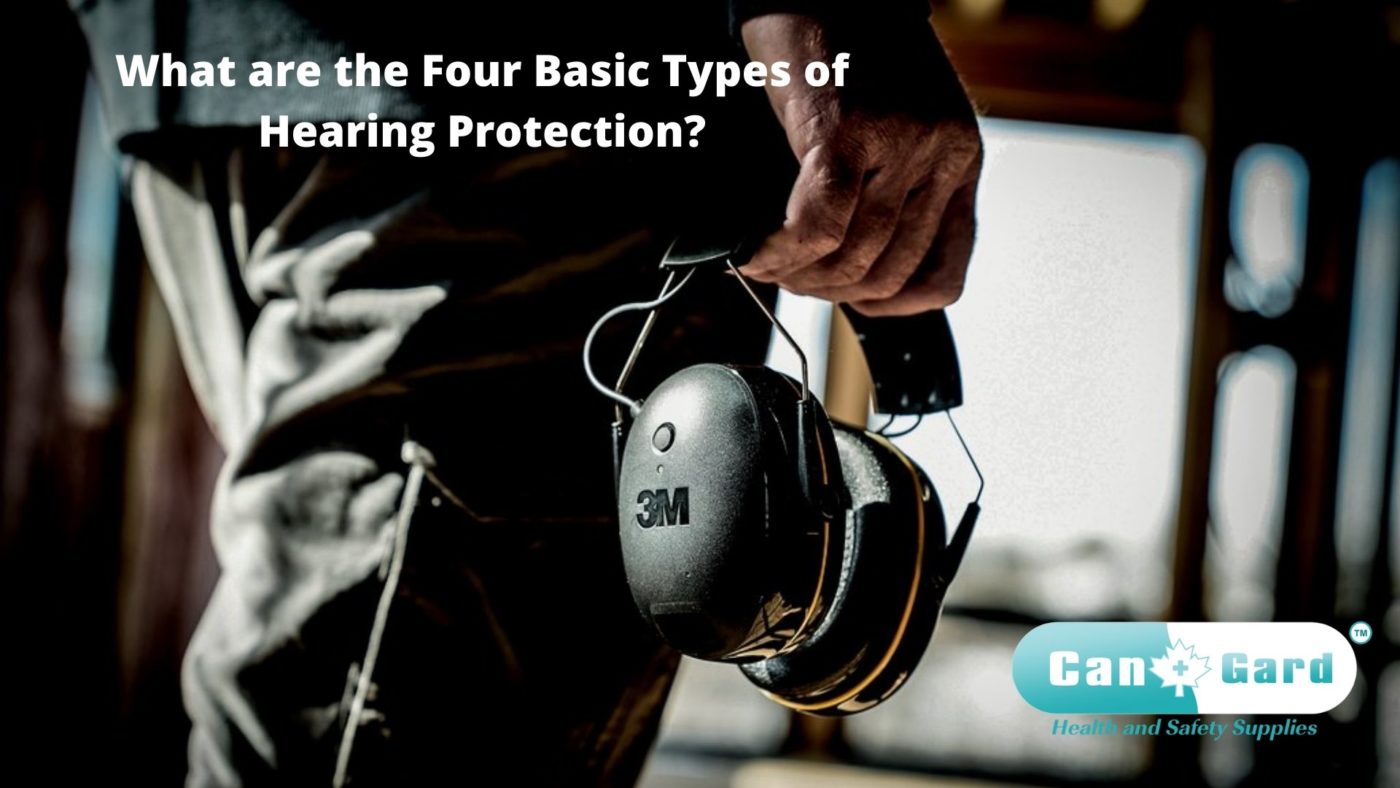No products in the cart.
Hearing Protection
What are the Four Basic Types of Hearing Protection?
Hearing protection is an essential part of preventing hearing loss. There are four basic types of hearing protection: earplugs, muffs, inserts, and plugs.
Earplugs fit inside your ear canal to block sound waves from entering the innermost parts of your ear. The best type of material for this purpose is silicone or foam because they create a seal in your ear canal that blocks out noise better than cotton balls or paper tissues do. Muffs wrap around both ears to cover them tightly with padding on the outside and thick cushions at the opening where you place your head (called a “headband”). Inserts sit inside your outer ear to reduce sound levels before it enters into your ear canal, and the earplug type sits inside your outer ear to minimize sound levels before it enters into another part of your ear.
A plug is hearing protection that falls somewhere between an insert and an earplug because they fit in your outer ears like inserts but are inserted deeper than plugs, so you get more noise reduction from them.
The plug has two major categories: silicone plugs and foam plugs.
A silicone plug is a type of plug that covers the opening to your ear canal, but it doesn’t go into the canal as other plug types do.
Foam Plug is hearing protection made out of foam material, and they fit inside your outer ears like inserts because of their softness. They are inserted deeper than regular plugs, so you get more noise reduction from them too.
Eardrum: an organ in your inner ear that vibrates when sound waves enter through your external auditory canal; protects this part of your body by sending vibrations along its membrane to three tiny bones called ossicles (hammer, anvil, stirrup) connected with elastic tissue that transmit these vibrations to fluid.
Here are the four types of hearing protectors
Earplugs
– are inserted into the ear canal and fit tightly against your eardrum to block out sound.
– comes in different sizes, shapes, materials (foam and rubber) for various purposes.
– most common type of hearing protectors used by almost everyone at some point during their lifetime.
The disadvantage is that they can only be used when you want them to be there because it’s a one-size-fits-all solution. They also need to be replaced every few months or so depending on how often you use them, which means more money spent than other types of hearing protection solutions such as custom molded plugs. Plus, sometimes people find these uncomfortable; if they’re too big or small, they make using uncomfortable.
Earmuffs
Earmuffs consist of two cups that enclose the ears and are connected by a headband. Earmuffs can easily be adjusted to fit anyone’s head, which is great for kids or adults with smaller heads because they’re one size fits all. Plus, earmuffs block the sound coming in from both sides of your head, whereas hearing protection plugs only cover the outer ear, so you don’t get as much sound coverage if you use them alone. The downside to using earmuffs, though, is that it could cause some discomfort after wearing them for too long; again, depending on how comfortable they depend on whether or not someone will keep them on their whole shift at work, etc., but most people find these pretty uncomfortable when worn over an extended .period
Custom earplugs
Custom earplugs are the most popular type of hearing protection because they’re designed to fit right in someone’s ear canal. These are great for people with small or large ears and those who need the noise dampening and other features that this offer, like moisture prevention, so their plugs don’t get wet from sweat or water splashes, etc.
Custom earplugs come in a variety of shapes and materials, but most companies now sell disposable ones that can be used one time before throwing them away, which is better than having to clean your custom set every day; however, some people find it hard to insert these into their ears properly when doing this themselves. This brings us to our last option…
Noise-canceling headphones
These noise-canceling headphones ng headphones are one of the best hearing protection options available because they not only cover your ears but also provide some sound-canceling features to block out any unwanted noise.
Even though these offer excellent hearing protection and can be used in various environments, including construction sites or even at concerts, many people do find that wearing them for long periods makes their heads sweaty and hot which may cause discomfort. Hearing safety is essential, so you’ll want to take time to pick the option that works best for your needs!
How do I pick my Hearing Protectors?
If you’re looking to purchase your hearing protection, there are a few things that you will want to consider before buying. Make sure that the noise-canceling device fits comfortably and securely on your head, so it stays in place while working or playing. The ear cups should be large enough for both of your ears and provide a comfortable seal against them which reduces background noises even more. Finally, make sure that the headphones don’t become too hot after only being worn for an hour or two because this can cause discomfort quickly among workers who must wear their hearing protectors all day long!
Why Is User Preference Very Important?
User preference is essential when looking for hearing protection because everyone’s ear is different.
Identifying what type of hearing protector will work best requires considering the size, shape, and functionality of each device to ensure that it meets your needs and future user requirements.
Below are four types of devices you may want to consider:
– Earplugs – These plug snugly into your outer ears and offer a solution for every budget with varying amounts of noise reduction from soft foam plugs at 16 decibels up to custom-molded plugs, which can transmit sound in some cases! What they lack in versatility, they make up for with their low-cost options.
– Inexpensive Foam Earmuffs – Easily found on Cangardcare or any department store

